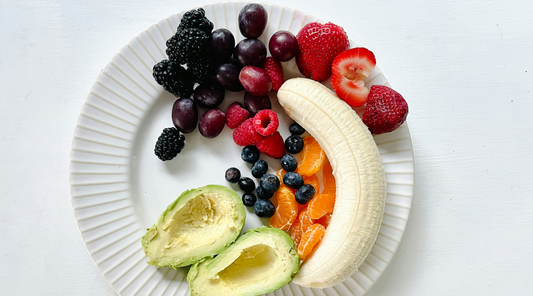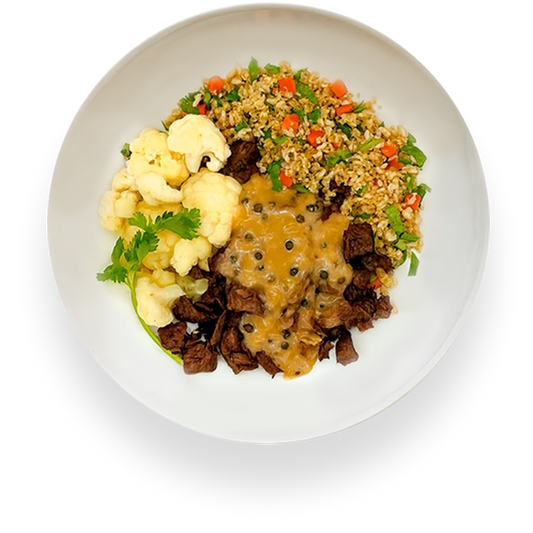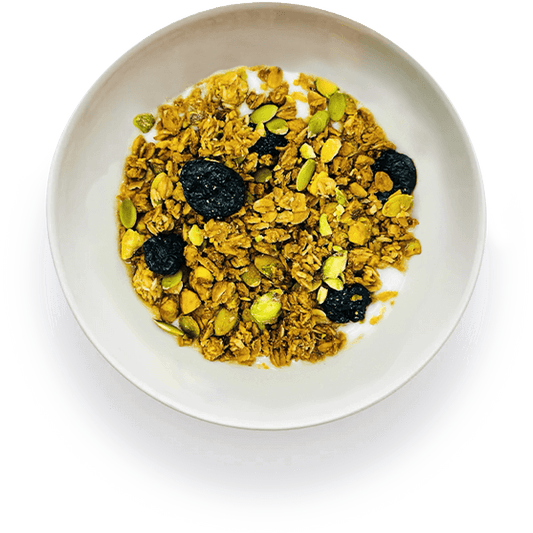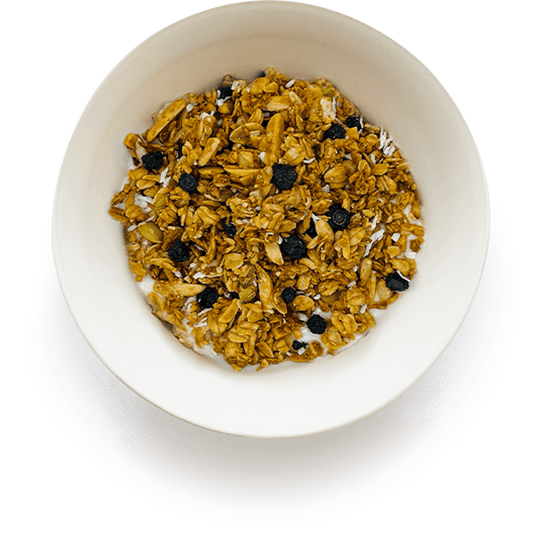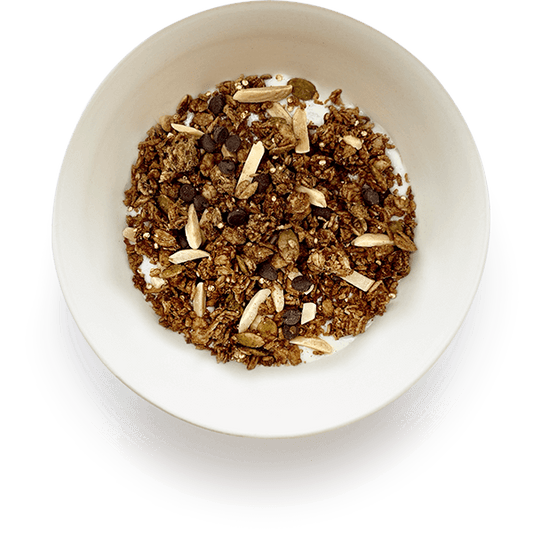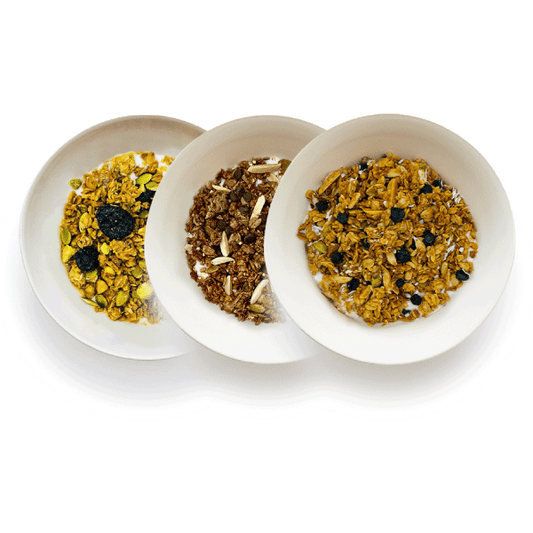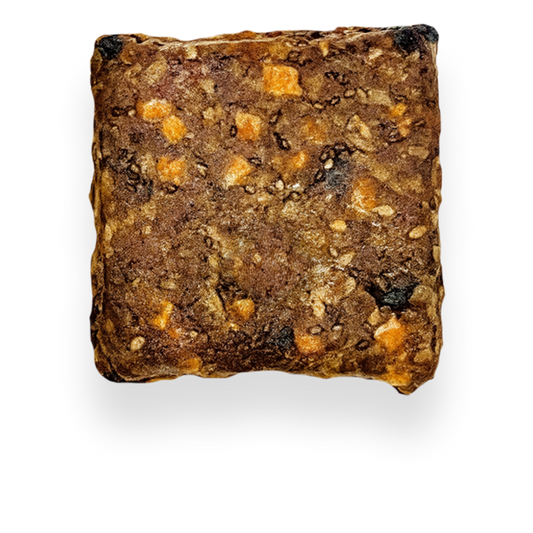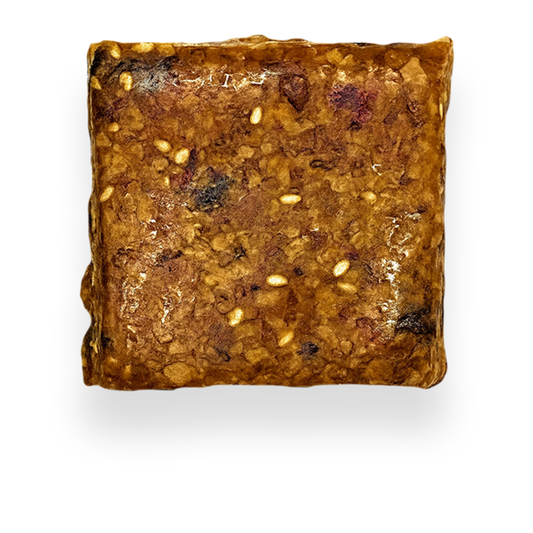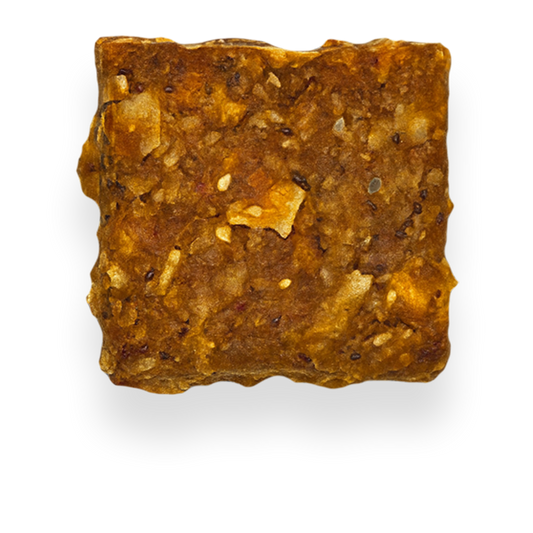Plant-Based vs. Whole Foods: Understanding the Key Differences for a Healthier You
By FireRoad
Frequently Asked Questions
1. What is a plant-based diet?
2. What are the main health benefits of a plant-based diet?
3. What defines a whole food diet?
4. How do plant-based and whole food diets differ in their ingredient focus?
5. How can I decide which diet is right for me?
In today's world, health consciousness is on the rise, and with it comes an explosion of dietary trends and philosophies. Among these, the terms "plant-based" and "whole foods" often pop up in conversations about nutrition. Though they share similarities, they represent distinct approaches to dietary choices. In this article, we'll dive deep into the differences between plant-based diets and whole food diets, helping you understand what each entails and how you can make choices that align with your health goals. Additionally, we'll provide you with easy-to-follow recipes, including a tasty quinoa breakfast recipe, to kickstart your journey towards a healthier lifestyle.
Defining Plant-Based Diets
A plant-based diet primarily emphasizes the consumption of foods derived from plant sources. This includes not only vegetables, fruits, nuts, and seeds, but also oils, whole grains, legumes, and beans. The key principle here is that the majority, if not all, of the diet is based on plant foods. A plant-based diet can range from vegetarian to vegan, depending on whether animal products are included or excluded entirely.
The Health Benefits of a Plant-Based Diet
There are numerous health benefits associated with adopting a plant-based diet, including:
- Improved Heart Health: Studies suggest that plant-based diets can lower cholesterol levels, reduce blood pressure, and decrease the risk of cardiovascular diseases.
- Weight Management: Plant-based foods tend to be lower in calories and higher in fiber, aiding weight loss and maintaining a healthy weight.
- Decreased Risk of Chronic Diseases: Plant-based diets are linked to lower risks of diseases such as diabetes, certain cancers, and obesity.
- Increased Nutrient Intake: These diets are rich in essential vitamins, minerals, and antioxidants, promoting overall health and immunity.
One delicious way to incorporate a plant-based approach into your daily routine is by trying out a quinoa breakfast recipe. Quinoa is a protein-packed grain that serves as a fantastic base for various breakfast options. Simply cook quinoa in the morning, add your favorite fruits, nuts, and a drizzle of honey, and you have a nutritious start to your day!
Understanding Whole Foods
Whole foods refer to foods that are minimally processed and free from artificial substances. They include unrefined grains, fresh fruits and vegetables, nuts, seeds, and legumes. The focus is on consuming foods in their most natural state, helping to retain nutrients and promote health. Unlike plant-based diets, a whole food diet can include animal products as long as they are sourced naturally and minimally processed.
The Benefits of Whole Foods
Embracing a whole food diet brings a multitude of health advantages, including:
- Enhanced Nutritional Value: Whole foods are packed with vitamins, minerals, and essential nutrients that support overall health.
- Improved Digestion: The fiber content in whole foods aids digestion and promotes gut health.
- Stable Energy Levels: Whole foods provide a steady source of energy, preventing spikes and crashes that often accompany processed and sugary foods.
- Better Blood Sugar Control: Whole foods help regulate blood sugar levels, reducing the risk of diabetes.
For those interested in exploring whole foods, consider incorporating items like whole grains, beans, and fresh produce into your meals. A homemade bean salad packed with colors and flavors can be both refreshing and nourishing.
Comparing the Two Approaches
Now that we've defined both plant-based diets and whole food diets, let's explore the key differences between the two:
Ingredient Focus
While all plant-based foods can be considered whole foods, not all whole foods are plant-based. For example, whole milk or free-range eggs are whole foods, but they don’t fall under the plant-based umbrella. A plant-based diet leans heavily on plant nutrition, whereas a whole food diet encompasses both plant and animal-based options that are minimally processed.
Processing Levels
Whole food diets emphasize minimal processing, whereas plant-based diets may include processed plant foods, such as plant-based milks, meat substitutes, and snacks. This is an important distinction when selecting foods for your meals and snacks. You can certainly enjoy indulgences in moderation on a plant-based diet, but whole foods typically encourage a stronger focus on the least processed versions available.
Health Goals
Your personal health goals may dictate which approach is more suitable. If your primary objective is to improve overall health and reduce the risk of chronic diseases, both diets can serve you well. If you're looking specifically to lose weight or have a particular health condition (such as a heart condition), a plant-based diet might be more beneficial due to its lower caloric density.
Making the Right Choice for You
Choosing between a plant-based diet and a whole food diet ultimately depends on your individual preferences, lifestyle, and health goals. Here are a few tips to help you decide which is best for you:
- Assess Your Lifestyle: Consider how much time you can invest in meal preparation. Plant-based diets may require more preparation if you opt for less processed options.
- Consider Your Personal Health Goals: Identify your objectives. Whether it's weight loss, muscle gain, or improved heart health, one diet may align better for you.
- Experiment with Both: Don’t be afraid to explore both dietary approaches! You can incorporate whole foods into your plant-based meals or vice versa.
- Stay Informed: Research continuously. Understanding the nutritional value of various foods can help you make more informed decisions.
Delicious Recipes to Try
As you explore either or both diets, you'll want to make meals that are nutritious, energizing, and satisfying. Here are a couple of recipes to get you started:
Quinoa Breakfast Bowl
This quinoa breakfast recipe is perfect for a hearty morning meal.
- Ingredients:
- 1 cup cooked quinoa
- 1/2 banana, sliced
- 1 tablespoon almond butter
- 1 tablespoon chia seeds
- 1/4 cup almond milk (or non-dairy milk of choice)
- Drizzle of honey or maple syrup (optional)
- Fresh berries for garnish
- Instructions:
- In a bowl, combine cooked quinoa and almond milk.
- Top with banana slices, almond butter, chia seeds, and a drizzle of honey.
- Finish with fresh berries for an antioxidant boost.
Veggie-Packed Bean Salad
This whole food recipe is colorful, nutritious, and simple to prepare.
- Ingredients:
- 1 can black beans, rinsed and drained
- 1 cup cherry tomatoes, halved
- 1 diced cucumber
- 1/4 red onion, chopped
- Juice of 1 lime
- Fresh cilantro, chopped
- Salt and pepper to taste
- Instructions:
- In a bowl, mix all the ingredients together.
- Toss with lime juice, salt, and pepper.
- Let it chill for 30 minutes to enhance flavors.
Unlocking the Power of Your Plate
In summary, both plant-based diets and whole food diets offer incredible health benefits and can lead to a more wholesome and balanced lifestyle. What’s essential is understanding your personal needs and choosing the dietary approach that best aligns with them. Whether you opt for mornings filled with nourishing quinoa or hearty dinners adorned with a vibrant bean salad, the power to enhance your health truly lies within the foods you select. So embark on your wellness journey today, and may each meal bring you one step closer to your health aspirations!

